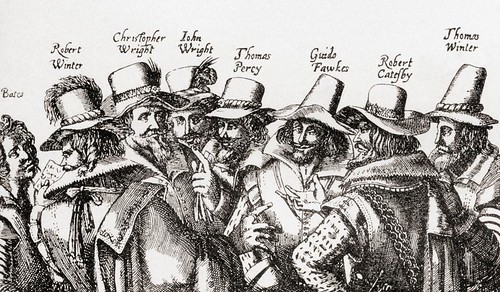The city of Oulu, Finland, is founded by Charles IX of Sweden
Charles IX of Sweden, also known as Karl IX in Swedish, was born on October 4, 1550, and he passed away on October 30, 1611. He belonged to the House of Vasa, a royal house that played a significant role in Swedish and Polish history during the 16th and 17th centuries.
Charles IX is primarily known for his reign as King of Sweden from 1604 until his death in 1611. He was the youngest son of Gustav I of Sweden, also known as Gustav Vasa, who is credited with establishing the modern Swedish state. Charles IX’s elder brother, Eric XIV, had previously been king but was deposed due to mental instability.
During his reign, Charles IX pursued various policies aimed at strengthening the Swedish monarchy and expanding its influence. He sought to consolidate power by centralizing administration and reducing the influence of the nobility. He also initiated significant reforms in the military and taxation systems, which helped to modernize the Swedish state and increase its military capabilities.
One of the most notable events during Charles IX’s reign was the end of the Kalmar Union, a political union that had linked Sweden, Denmark, and Norway since the late 14th century. In 1611, Charles IX’s forces invaded Norway, which was then part of the union under Danish rule. This marked the beginning of the Kalmar War, which aimed to assert Swedish independence from Danish control. However, Charles IX died later that year, and the conflict continued under his son and successor, Gustavus Adolphus.
Charles IX is also remembered for his patronage of the arts and sciences. He supported the establishment of the Uppsala University in 1595, which remains one of Sweden’s most prestigious institutions of higher learning. He was also interested in architecture and commissioned several notable buildings during his reign.

